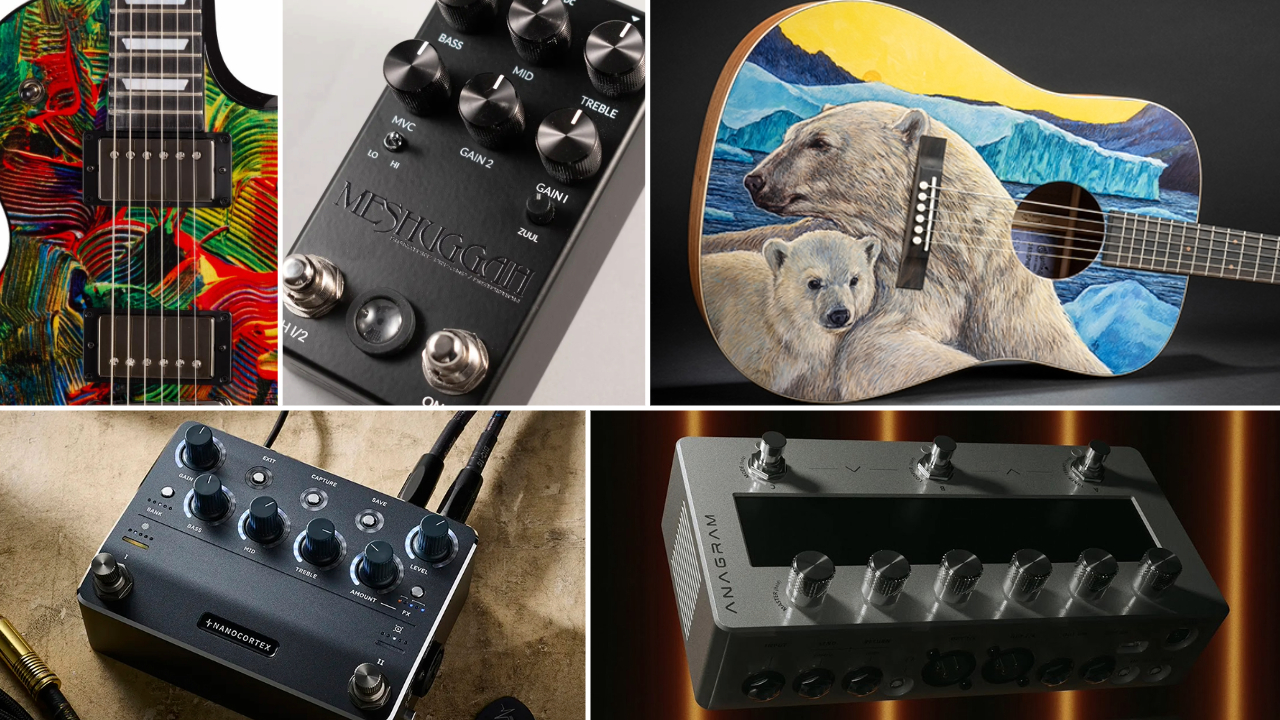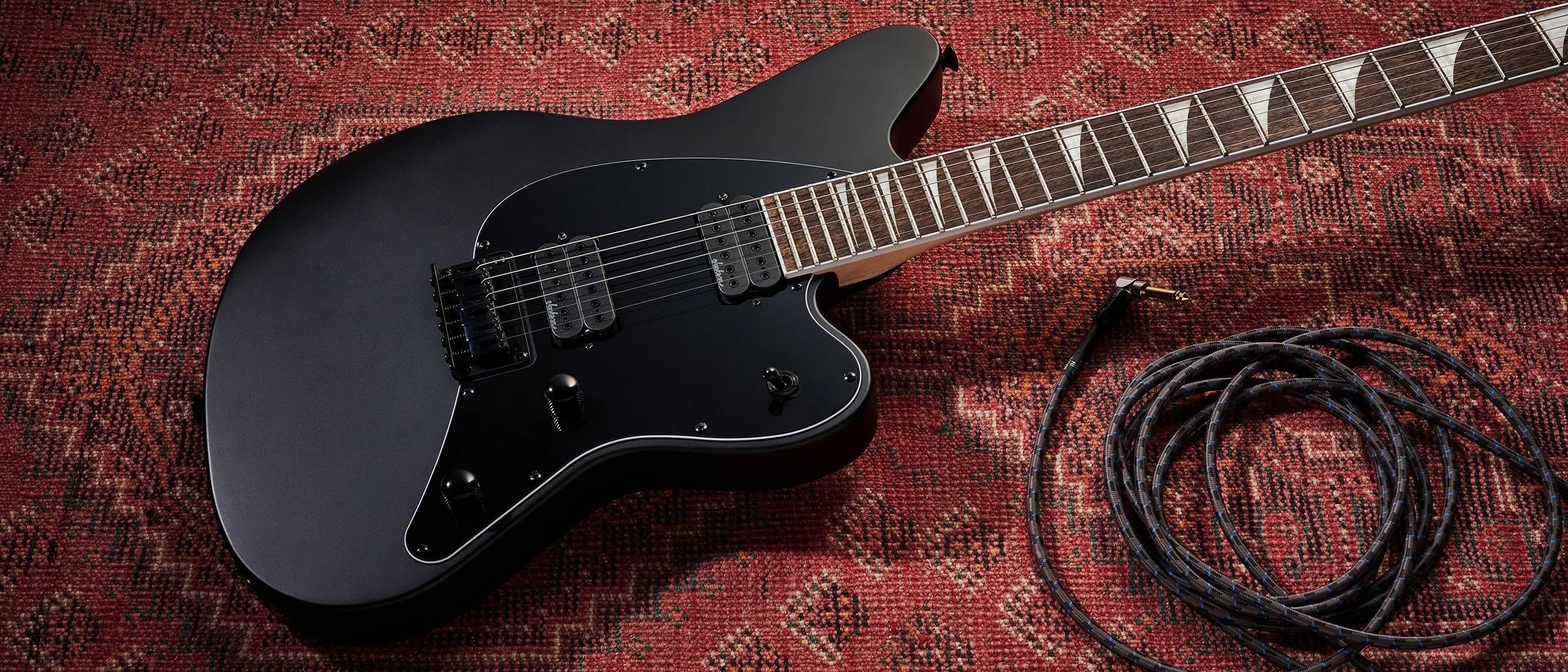Instrument cable vs speaker cable: what’s the difference?
Not all cables are created equally. Here’s how to avoid damaging your amp or impacting your tone
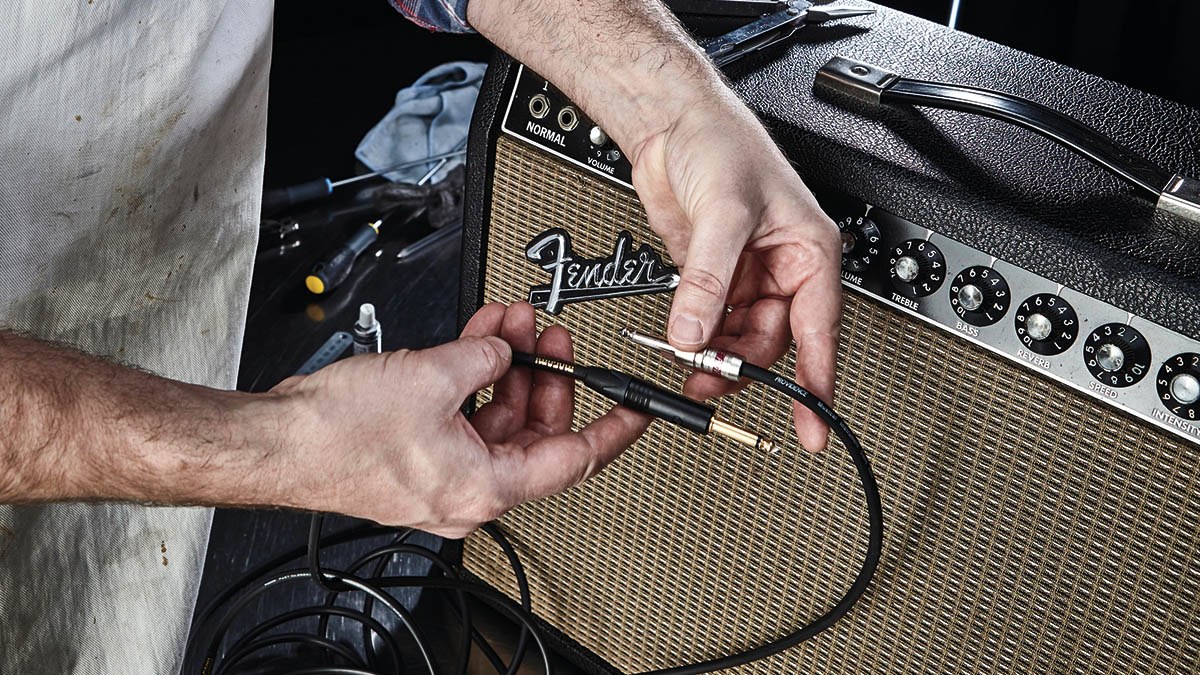
For most guitarists, a 1/4-inch cable is a 1/4-inch cable. We know speaker cables exist, but until you actually try plugging one in from your guitar to your amp, you might not be able to immediately spot the difference between a speaker cable and a guitar cable (also referred to as simply an 'instrument cable'). It’s pretty difficult to be fair, as guitar cables share a similar connector and look nearly identical to the one you should be plugging into your guitar cabinet.
In this article we’re going to break down the differences for you, giving you the reasons why you shouldn’t use them interchangeably. We’ll also detail how to identify each type of cable, preventing you from making the mistake in the first place. Upping your knowledge in anything guitar is always a worthwhile endeavor, so let’s get cracking…
Instrument cable vs speaker cable: The differences
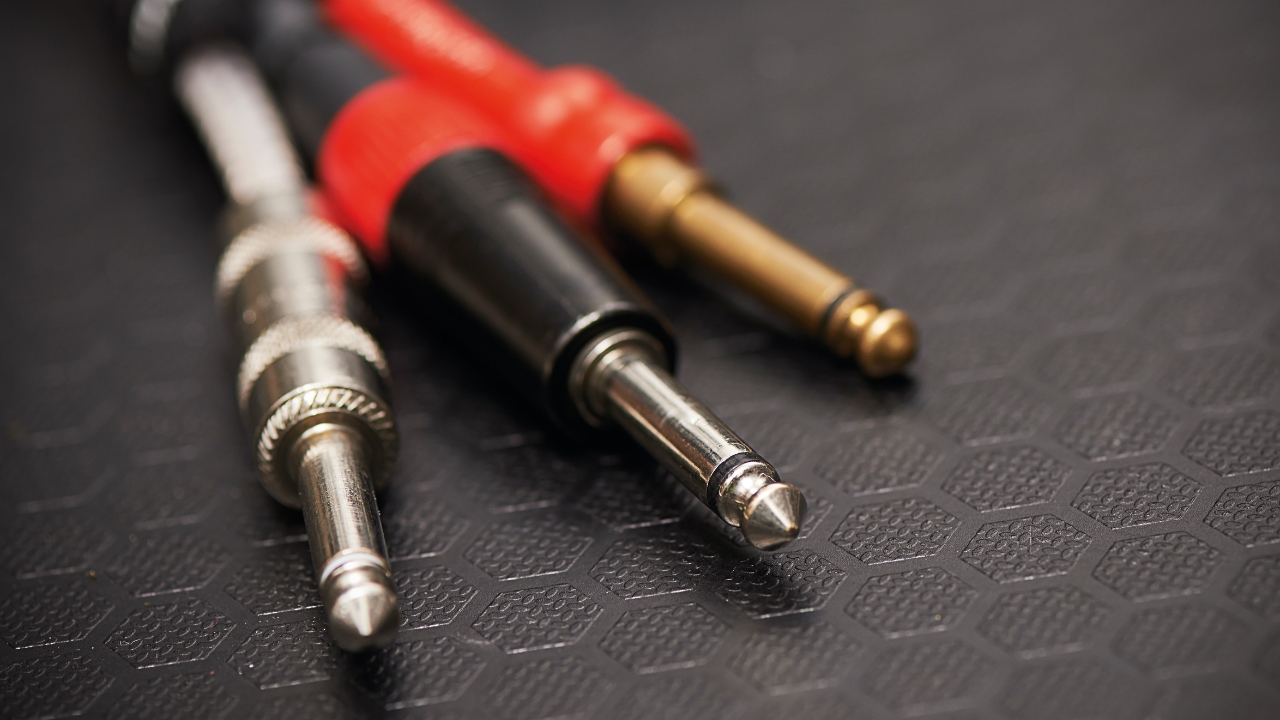
Instrument cable
An instrument cable is designed to carry a low-power signal from your guitar, to be boosted by your amplifier. It has a high impedance because your guitar pickups are also high impedance. A single-wire conductor runs through the core of the cable, with a braided shield conductor that grounds the connection. Your instrument cable is also shielded, to prevent any interference from electrical sources around you.
Speaker cable
On the other hand, a speaker cable is designed to carry a high-power signal from your amplifier to your speakers, as the signal it receives has already been boosted. It has a low impedance, which allows more power, and thus more sound, to be carried through. A speaker cable has two wire conductors, which again help with the transfer of power. These conductors typically have a much wider gauge than that of your guitar cable.
What happens if you use the wrong cable?
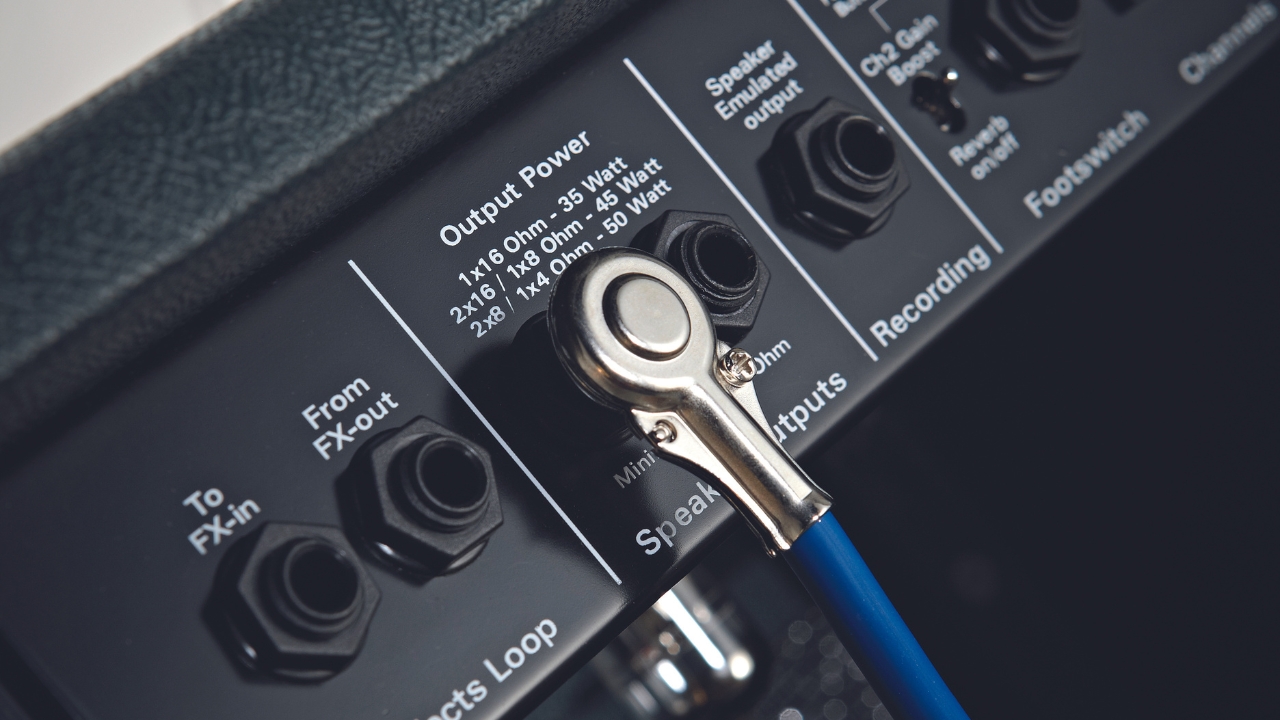
As you now know, a speaker cable carries much more power than an instrument cable. If you were to use an instrument cable in place of your speaker cable, it might be okay at low volumes. Once you turn things up, however, that instrument cable will no longer be able to handle the amount of power coming through it, resulting in a build-up of heat in your amplifier.
Taken to extremes this could potentially result in your amp overheating, causing permanent damage, or even the cable melting. You’ll also get unpredictable results from the sound of the amplifier, including unwanted distortion. We definitely don’t want to hear that, and you definitely don’t want to damage your tube amp and earn yourself a hefty repair bill.
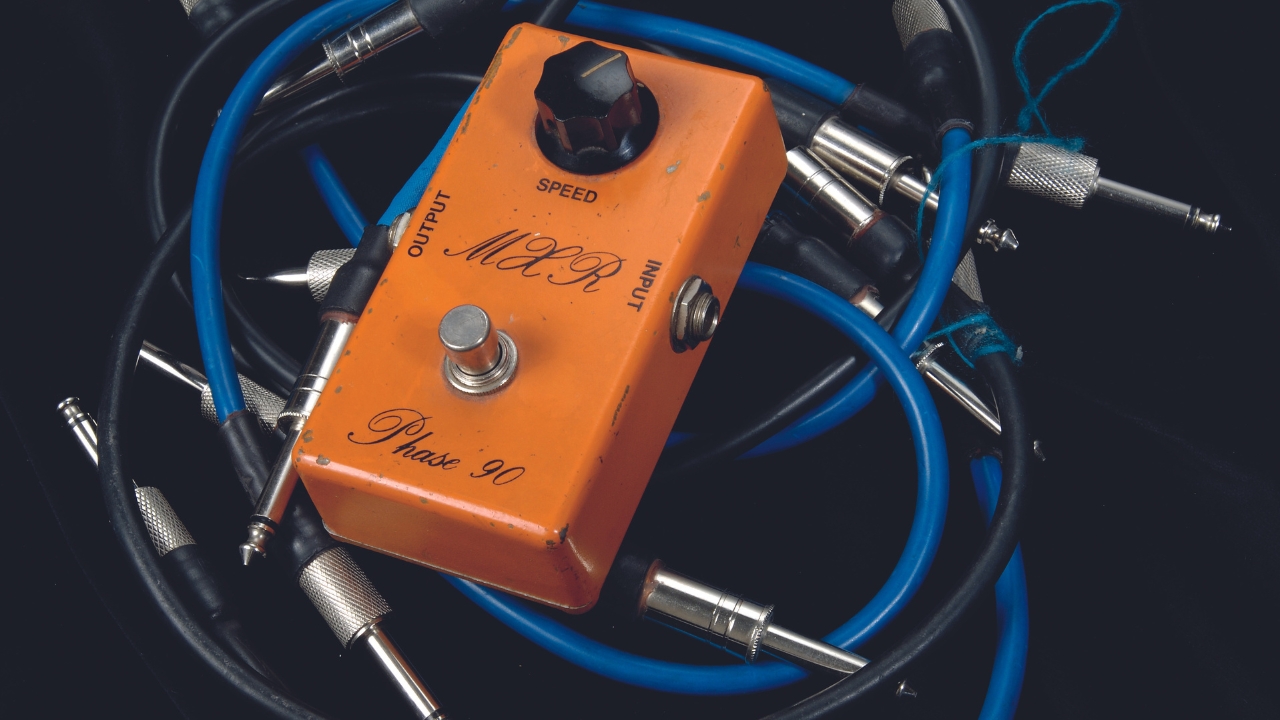
Going the other way, if you were to use a speaker cable instead of your instrument cable, the results aren’t quite as catastrophic. A speaker cable will handle the power output of your guitar just fine, so there are no issues there. However, as we mentioned previously, speaker cables are unshielded. This means that you’ll get a lot more noise, picking up interference from anything electromagnetic nearby.
Get The Pick Newsletter
All the latest guitar news, interviews, lessons, reviews, deals and more, direct to your inbox!
This is because a speaker cable normally receives a very hot signal, which will vastly overpower any noise. With a low-level signal, you’re far more likely to hear noise as a part of that, hence the shielding for a regular instrument cable. From stage lights to your own amp, to your cellphone, when using a speaker cable in place of an instrument cable, you’ll be picking all of these extraneous noises up, and playing them back through your amp. It’s noise rock but not in a good way.
How to tell the difference
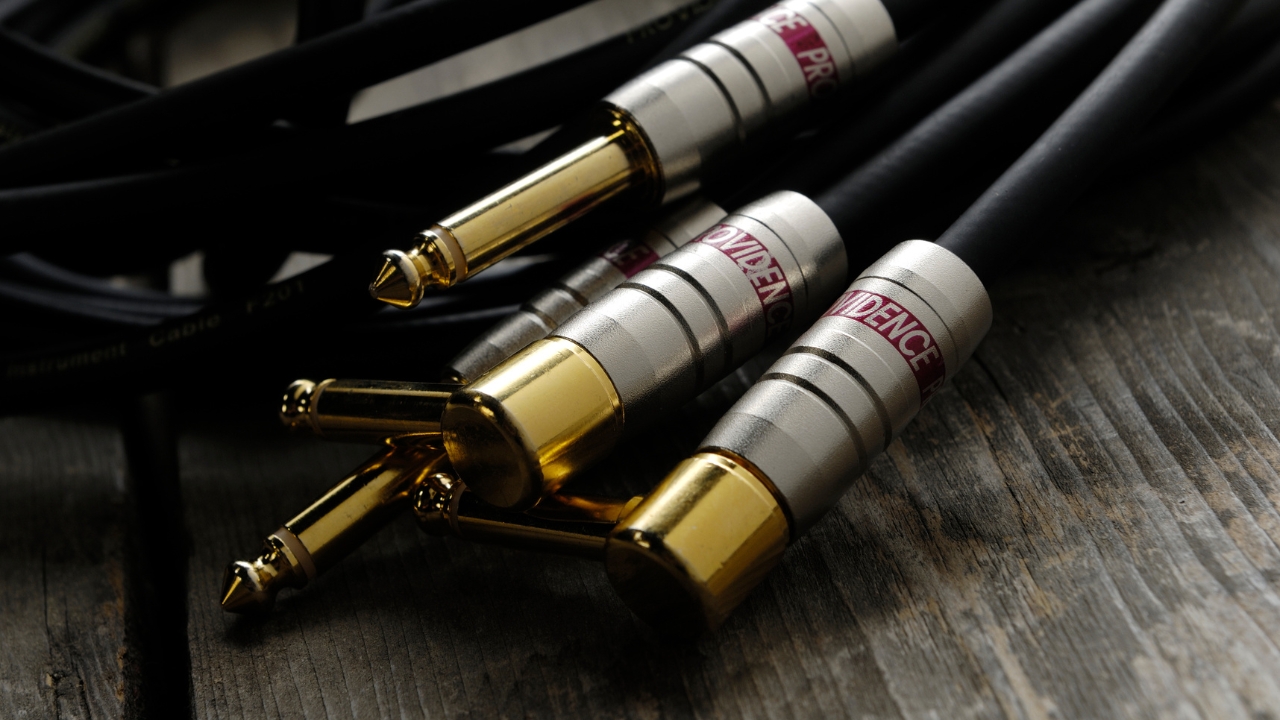
So how do you avoid the critical mistake of using an instrument cable versus a speaker cable? Well, most good cable manufacturers mark their speaker cables appropriately, so if you have a scan of the cable itself you may find something there. Speaker cables are usually thicker than an instrument cable, but this isn’t necessarily a guaranteed way of identifying them, as there are some pretty chunky instrument cables out there.
If your cable isn’t marked, then the next test is to remove the cable casing and see what’s inside. Many instrument cables have a screw-off plug for repairs. If you’re looking at a speaker cable you’ll see two equal-sized cable conductors inside, usually with two different colored bits of plastic housing. These will be soldered to two separate ends of the jack plug.
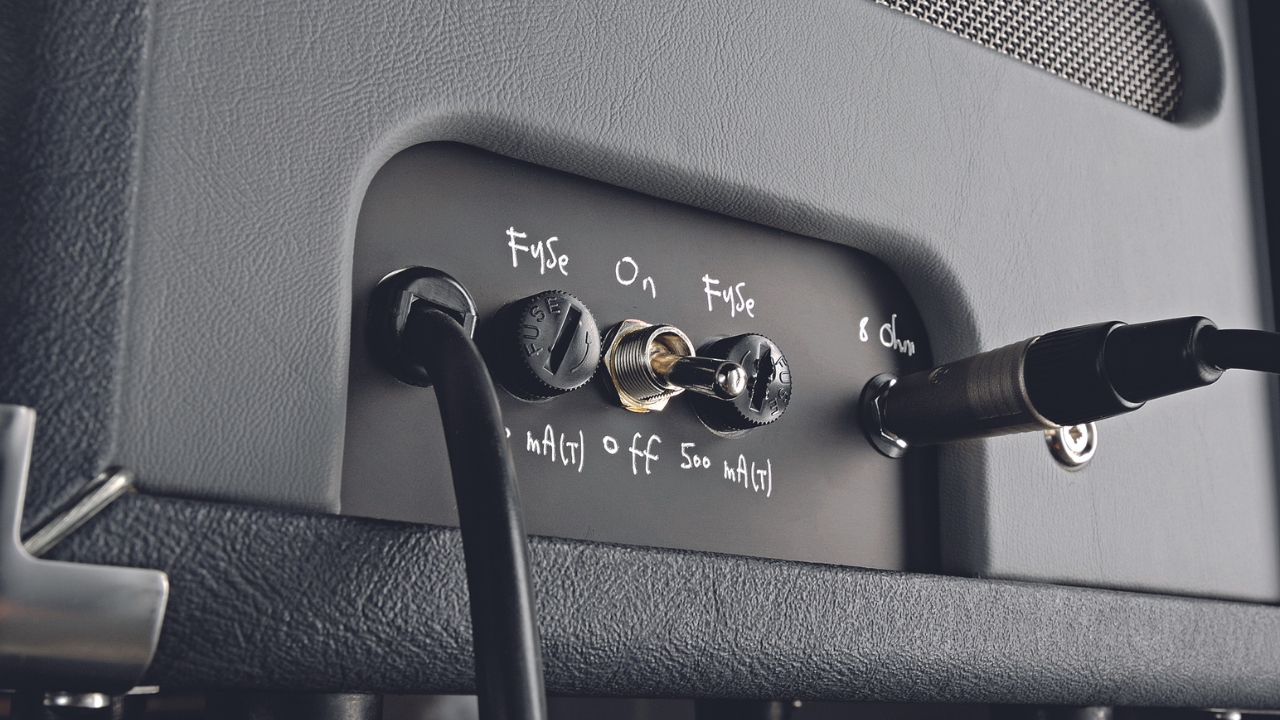
An instrument cable will only have one large conductor cable inside, with braided copper shielding running around it. Looking for this braided copper wrap is the most distinctive feature of an instrument cable. Again these will be soldered to opposite ends of the jack plug.
If you’re unlucky enough to have a molded cable, then you can - very carefully - slice the cable open to see what’s inside. You’ll need something razor sharp and thin, like a boxcutter to expose the cabling, and looking inside using the previous checks should help you determine what it is. To repair, simply use some electrical tape to close up the wound.
How to keep them apart
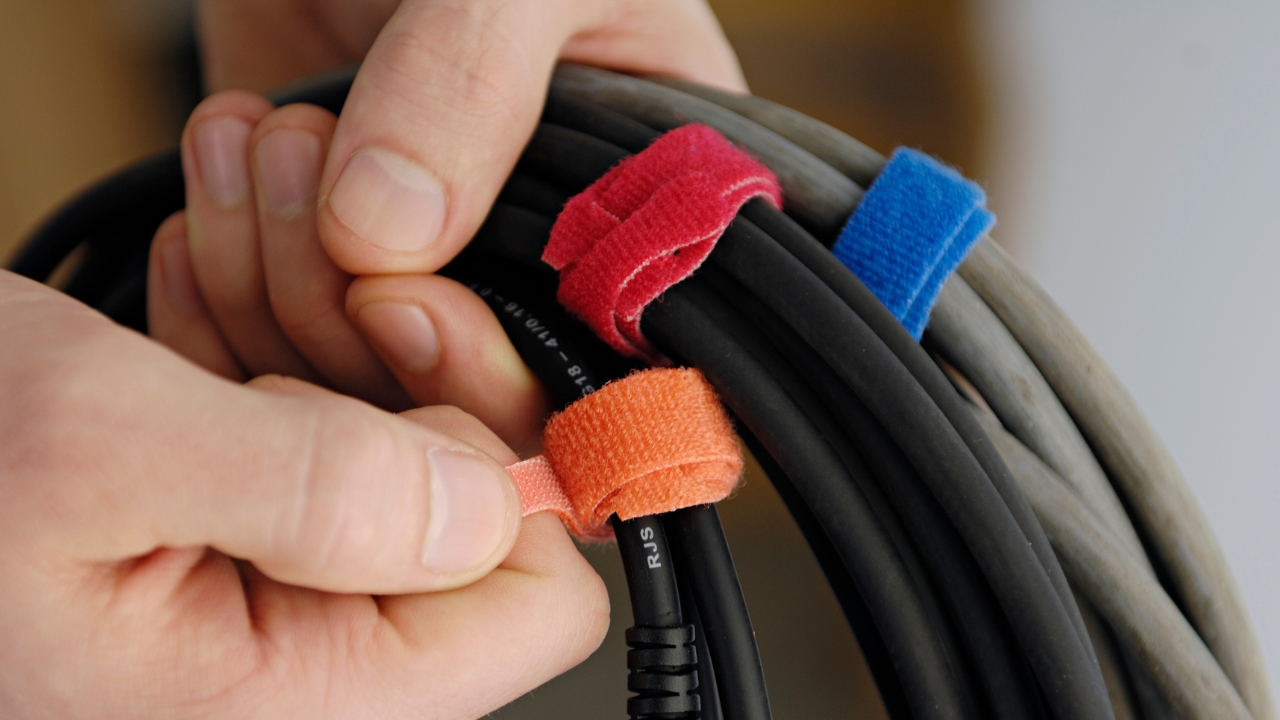
Once you’ve determined which kind of cable you have, make sure to mark them, especially if it’s the molded kind. Many guitarists use different colored electrical tape to mark their cables, others like to use tape and mark speaker cables with an ‘S’ for future reference. You could also use colored hook and loop wraps to separate them. Doing this is very handy if you have a lot of different cables, and will prevent you from using the wrong one in the future.
It's important not to substitute a speaker cable for an instrument cable, even if you're absolutely desperate. It’s really not worth potentially damaging your guitar amp. Take the time to determine which cables you have, mark them correctly, and you’ll avoid this rookie mistake in the future.

Matt is a Junior Deals Writer here at Guitar World. He regularly tests and reviews music gear with a focus on guitars, amps, pedals, modelers, and pretty much anything else guitar-related. Matt worked in music retail for 5 years at Dawsons Music and Northwest Guitars and has written for various music sites including MusicRadar, Guitar Player, Guitar.com, Ultimate Guitar, and Thomann’s t.blog. A regularly gigging guitarist with over 20 years of experience playing live and writing and recording in bands, he's performed everything from jazz to djent, gigging all over the country in more dingy venues than you can shake a drop-tuned guitar at.






